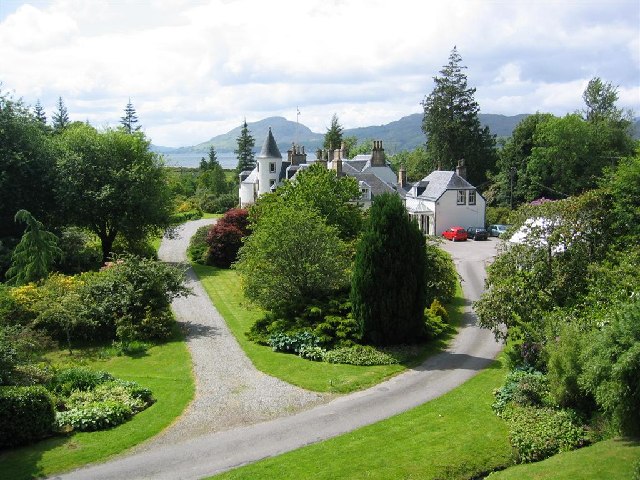Looking a a map of the Outer Hebrides, they have the appearance of one of those dinosaur skeletons one sees at natural history museums, with Lewis and Harris forming the skull and the smaller islands further south forming the spine (at least that's how it looks to me - maybe I have an over-active imagination). North Uist is the top part of the "spine", and it, and the other islands further south, have the appearance of shattered bones, so great is the number of tiny islands strewn off the 'mainland' of the bigger islands. The main town on North Uist is Lochmaddy, which is served by
ferries to Uig on Skye and Tarbert. The town's attractions include the
Taigh Chearsabhagh arts centre. The numerous freshwater lochs dotted around the eastern part of the island are prized for sea trout and salmon fishing, which can be arranged via the main hotel in Lochmaddy. They are also perfect for sea kayaking. The west coast is a haven for birdwatchers, and is home to the
Balranald RSPB reserve. Beachlovers will not be disappointed either, as there are a number of beautiful beaches on the island.
There are a number of prehistoric sites on North Uist. Near Lochmaddy is a stone circle called Na Fir Bhreige, or "The False Men", so named because according to legend they are a group of men who deserted their wives and were turned to stone for their treachery. There are more standing stones at
Pobull Fhinn, as well as a chambered cairn at
Barpa Langass. The island is also home to the earliest crannog (waterside dwelling) in Scotland, at Eilean Domhnuill. Just off the west coast is the Isle of Vallay, which can be reached on foot at low tide via a wide strand. The island is uninhabited, but there were once around 60 people living there, and the island is known for its forbidding deserted, semi-ruined mansion.
Webcam view towards the west from Carinish.
Map of the island.
 |
| Traigh Stir, North Uist - geograph.org.uk - 7073. Photo by Sue Jackson, via Wikimedia Commons. |








.jpg)





